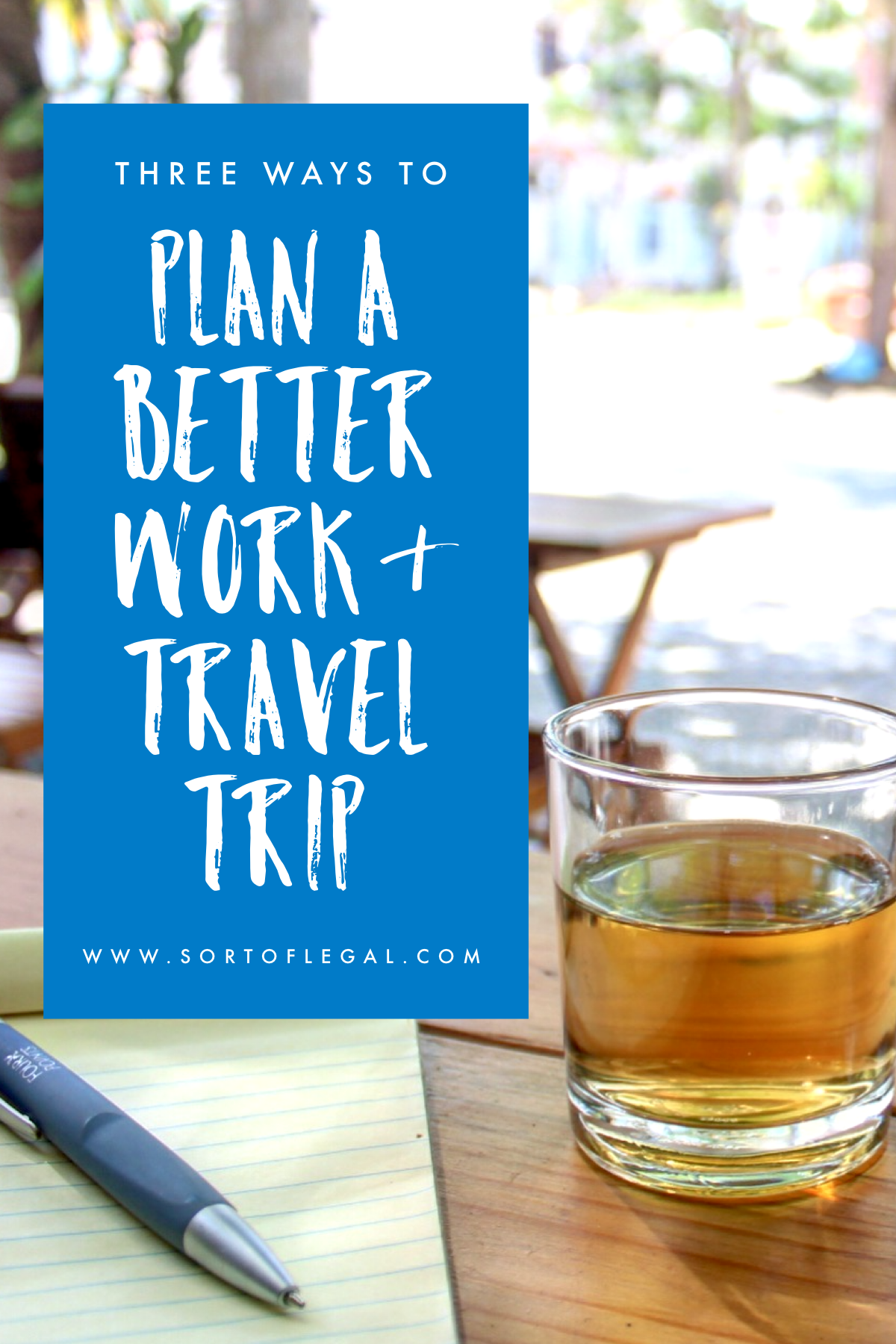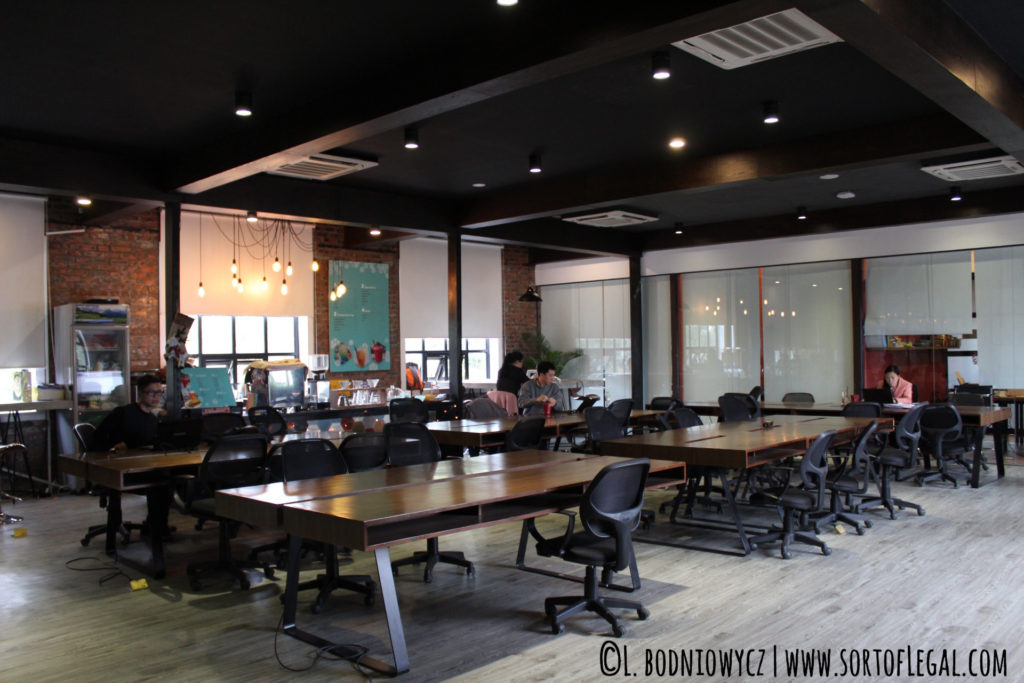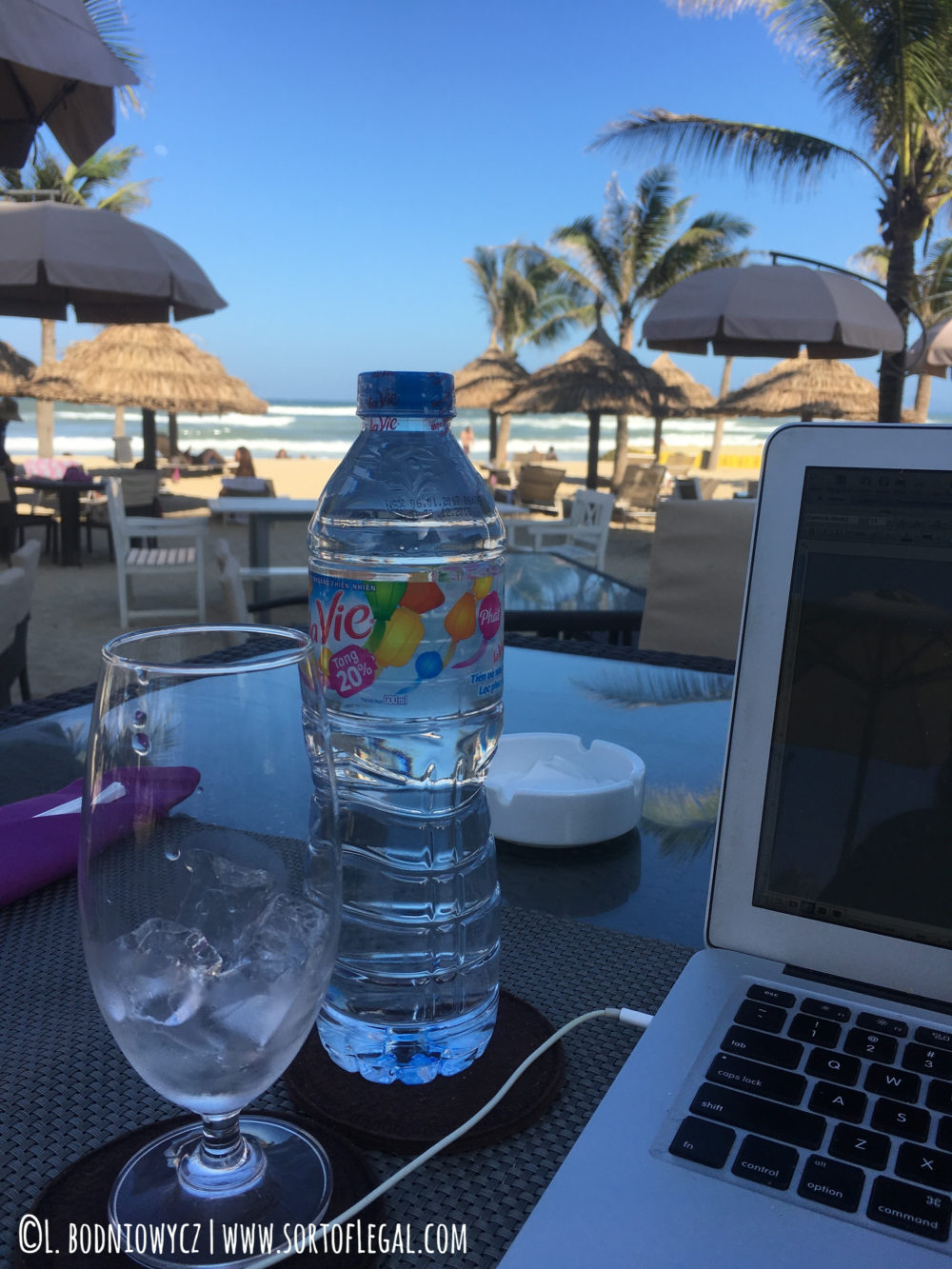
Three Keys to Planning a Successful Digital Nomad Trip
Whether you are embarking on an open-ended digital nomad adventure or just giving work and travel a trial run on a one week trip, do these three things to make it the best experience possible.
PAY ATTENTION TO INTERNET SPEED.
When you’re on vacation, non-existent or slow internet speed is an inconvenience. When you’re traveling and working at the same time,it can be a professional disaster. This is even more true in international locations where you may be using WiFi for international calls and texts through a service like FaceTime, Skype, GoogleVoice, or WhatsApp.
Fortunately, all it takes is a little research ahead of time to avoid pissing off a boss or client because you can’t get in touch when you said you would, upload a large file, or follow through on another work commitment because the internet at your hotel or hostel sucks. I’d recommend looking into internet speed and reliability at the place you’ll be staying and in the country and city generally. Some locations such as Bali, Indonesia are notorious for unreliable internet.
How I Learned This Lesson: On my first long term travel and work trip in Asia a few years back, I booked a hostel in Siem Reap, Cambodia based on a website. Not party hostel? Check. I can get a single room? Check. Other Areas of Town are Walkable? Check. Has internet? Check.
That was when I learned that “has internet,” is not the same thing as “has fast, reliable internet that covers all rooms.” So, when I had a work call that was late at night in the time zone I was in, I found myself sitting on the floor with my laptop on a chair that I had pressed all the way up against the door, the only location where I could connect to the WiFi which I needed to make the call.
MULTIPLY TIME SPENT IN LOCATIONS.
Think about how much time work takes you when you are at your home base. Although it feels like it should, that amount of time does not decrease just because you are in a new city or country. In fact, that number sometimes increases as distractions and temptations for procrastination abound. To get in both the exploring you want and your work, you need to book more time in each location than if you were just going on vacation.
When planning how long to stay in a place, take the amount of time you would want to spend if you were there on vacation and increase it by a healthy margin, at minimum 30%. If you’ll be working full-time, I’d go so far as to say, double your time in each location. Even a week in Da Nang, Vietnam, which is one of my least favorite travel stops, went by really quickly.
How I Learned This Lesson: During my early attempts at work and travel (heck, even after quite a bit of experience), I’d often find myself cramming in work at the end of the day to hit a deadline, forcing myself to stay up with every mental trick in the book (and caffeine or a beer, depending on the type of work). There were a lot of miserable moments. On my trip to Asia, I finally realized why: I was booking travel for the same amount of time that I would if I didn’t have to get work done. It simply wasn’t enough time so I was forced to either do less exploring, do less work, or exhaust myself.
INVEST IN CO-WORKING SPACES.
It can be hard to find a good place to work when traveling, particularly internationally. Working on the beach or poolside with your laptop is not as sexy as it looks in Instagram photos. There’s glare, there’s sweating, there’s distractions. Working in your hostel or hotel room can make it hard to avoid the pull of your bed, especially after a long travel day. Working at coffee shops can make you susceptible to distractions that make it hard to get larger projects done. Coworking spaces where you can rent desk or table space by the day, week, or month are the solution.


When traveling and working, Co-working spaces are worth every, single dollar…or Baht…or Euro…or Riel. Being around other people working helps you buckle down and avoid the temptations offered by fellow travelers who are purely on vacation. They also typically have the best internet in town, even when that town is in Bali (check out how Dojo Bali keeps workers connected) and access to business essentials like printers that you can’t fit in your laptop bag.
Co-working spaces can be found all around the world including countries, like Cambodia, where you might not expect one. Talk to fellow travelers or simply google “co-working” and the name of the city you are visiting. Seriously, that’s how I found out about most of the coworking spaces I used in Asia.
How I Learned This Lesson: I’ve worked and continue to work in some interesting places. When I have easy tasks like checking e-mail or more creative projects like marketing planning, it can be amusing to be in kind-of odd or uncomfortable locations. But a lot of my work as an attorney requires large blocks of time where I can get into deep focus. My work-travel life was changed after my first visit to a co-working space in Bangkok, Thailand. It was everything I needed abd beautifully designed to boot.

